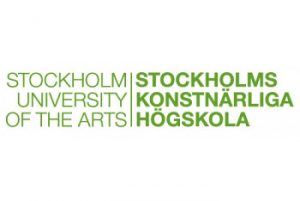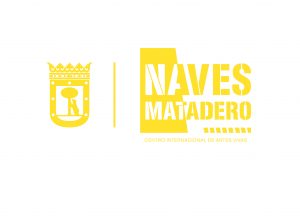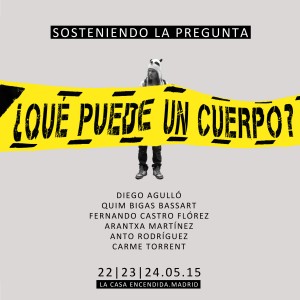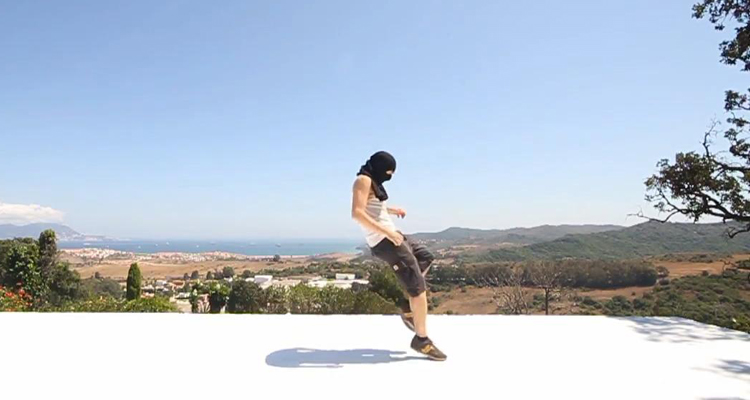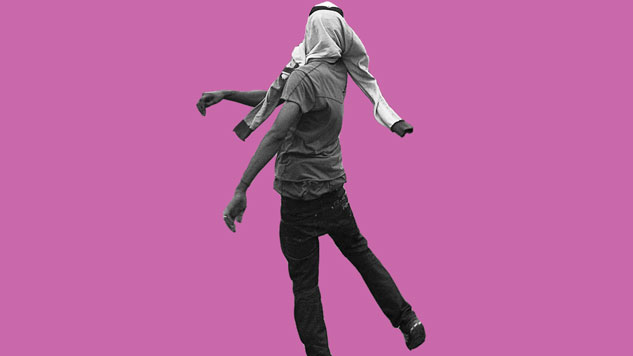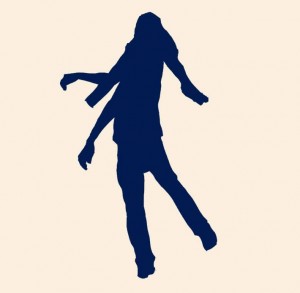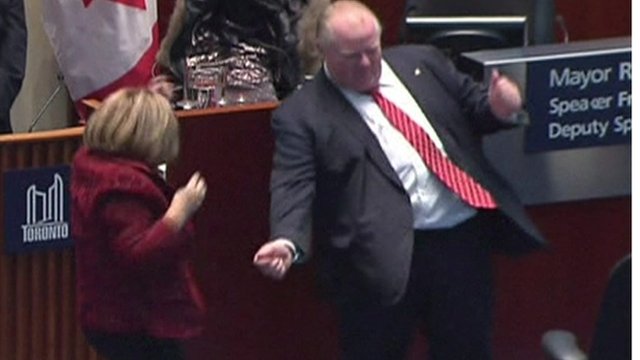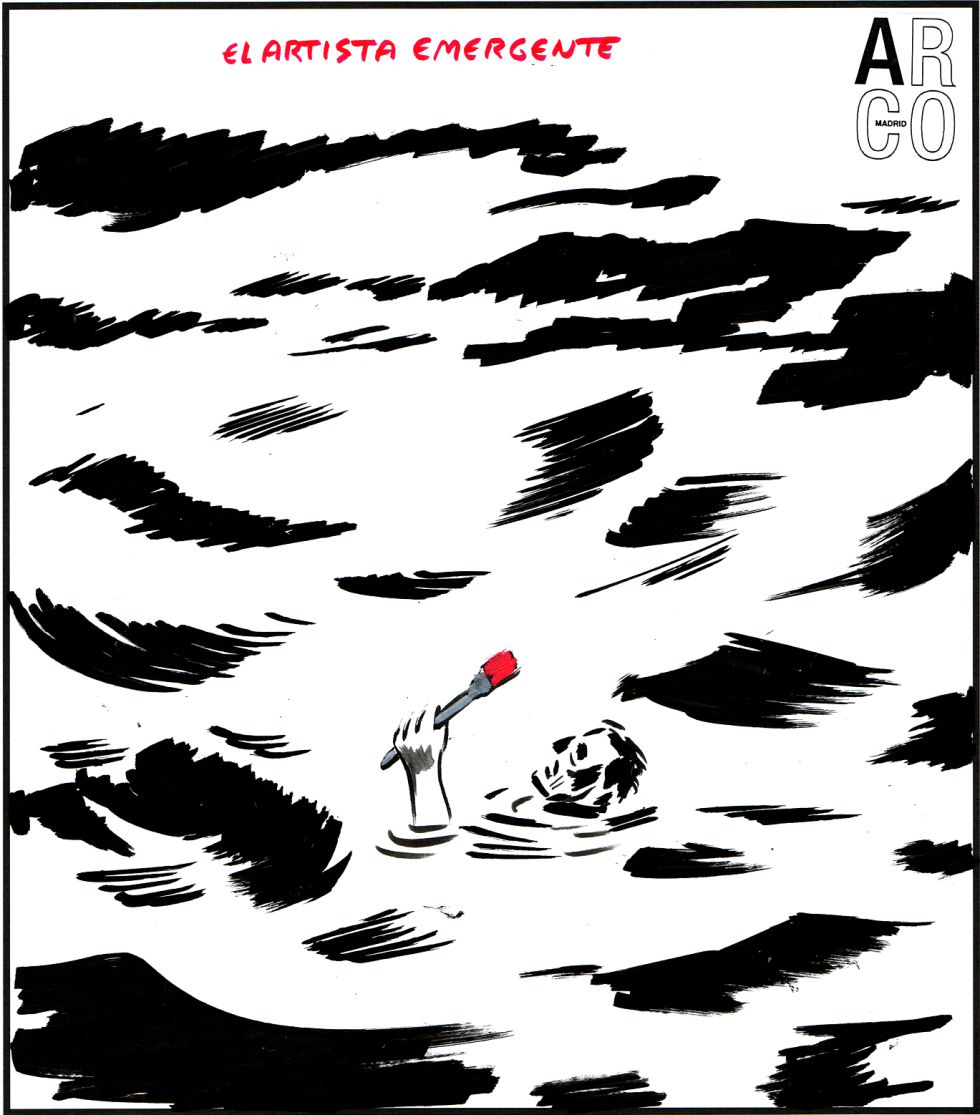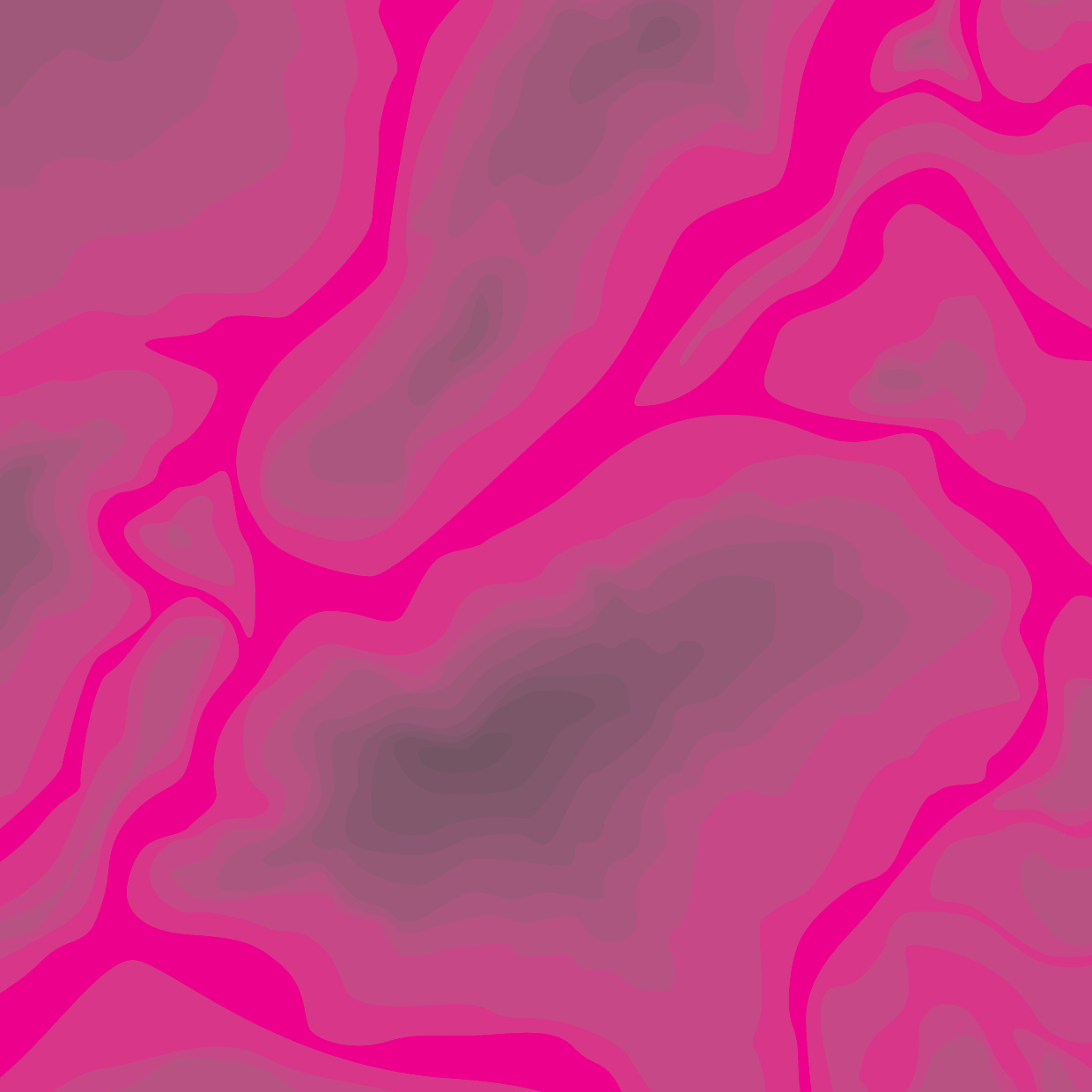This is an open call to enter a 8 week long research group from February 11 to March 31.
When: February 11-March 31 on Saturdays 10-4pm March 27-31, intensive week together with author/choreographer Paz Rojo.
Where: Artist Commons, Brussels
What:
A dancing and reading group gathered to question the current state of dance and to research and propose a (new-ish) ontology for it. As supporting text we will be using Paz Rojo’s book “To dance in the Age of No Future,” which argues from an aesthetic, philosophical and socio-political perspective for dance to be seen as dance
-How might dance enter a performative context on its own terms, not being in service to anything but itself? -how might a dancer accompany such a dance so that it does not solely refer back to the dancer as a subject/body, but to the dance in itself?
-How might one witness the dance in itself (as opposed to seeing a subject dancing, or a dance which only refers back to an identity or a concept as its main concern)? How could we practice seeing this dance? -What kinds of dramaturgical tools make space for a dance to be seen on its own terms in performance? -What are the terms of dance? How might one think with the ontology of dance?
How:
As a group we will read through Paz Rojo’s book “To dance in the Age of No Future.” Each week we will read a section of the book, and collectively develop practices aiming to engage with the questions of the research. Each week we will also create small performative experiments for each other to practice ways of seeing dance in itself, and to develop dramaturgical strategies which can assist making space for dance in different performative contexts.
For the final week Paz will join us in a 4 day long working session. The first day we will bring her into our research, the second day she will share with us her practices and the current state of her work, and the 3rd and 4th day we will make a laboratory together.
Why?
In our current times, we are under the influence of subjecthood as the main force of cultural capital in performance making and curation. When dancing onstage, this might amount to becoming one’s own product, or the power of a performer’s Identity as the central material a dance can point back towards. This self-referential loop can prove to be paralyzing, stifling a dance and what it can offer, as well as the stories a body can offer through movement. As a strategy against this we research a dance practice which witnesses dance on its own terms, pointing to movement in itself. This decentering away from Subjecthood as the main form of cultural capital on stage instead asks us to direct our eyes to witness the relationship between a body and a context, to the relational ecologies present in the space.
These questions refute a market of dance which asks us to extract shallow identities to sell our work by, and only through which our work might be seen. Instead, we practice an engagement with the “the body of dance”*(Rojo) through the “populated solitude” of the self as a strategy to pluralize meaning, and maybe to escape it. Dance, to paraphrase Paz is always in the middle, it is a movement and movement is always between. To accompany a dance as an always becoming is to resist a classification, an extraction. In other words, paraphrasing Báyó Okómoláfé, identity is the mark of erasure, and the body is always fugitive(moving and alien).
Additionally, these questions attempt to reformulate how we envision bodies, from the individualistic embodyment discourse of one’s own body, to an embodiment situated in the relationship between human, animal, spatial, and cosmic bodies, responsibilizing us towards an unalienated body of things.
Who?
This group is for anyone inspired by dance, these questions, and the opportunity to create culture together. To collectively learn and mentor each other, through building shared reference, practices, and to do so outside of an institutional frame. This might be for anyone caught in the fear driven and self-referential paranoia when trying to do/make a dance which others will see. For those with a curiosity to expand the philosophical and political ways of thinking what a dance can be and do? A curiosity to develop ways of thinking dance beyond the confines of subjecthood, identity, dancer, or representation of anything beyond the dance-in-itself.
More Practical Details: Cost: 50€ per person. 10€ for a physical copy of To Dance in the Age of No Future (However a free downloadable pdf can be found online) and 40€ for bringing Paz here in March. However, NOTAFLOF (no one turned away for lack of funds), if money is not available and you are interested please do not hesitate to reach out. *This is the cost pending a response from Flemish Subsidy. If awarded, the working group will be free.
Commitment: Please be available to attend at least 60% of the sessions. A full commitment is preferable. Language: English The group will be limited to 15 people so please sign up as soon as possible to reserve a spot. Contact: nmoore121@gmail.com
Nathaniel Moore is a Brussels-based artist with roots in the San Francisco experimental dance scene. Through their work as a dancer, researcher, choreographer, and archivist he is inspired by a necessity to address alienation, and create moments for connection through the activation of shared social, psychic, emotional, and political bodies.
They have shared their work in Brussels, Berlin, and San Francisco, and have worked for numerous choreographers in North America and Europe. In 2022 they completed A.Pass(advanced performance and scenography studies), where they continued Infrastructure of Ghosts, a research formulating an active collaboration with ghosts, the meeting of which served as a portal through which to engage social embodymeants. Other current engagements include: working with the archive of Ponderosa alongside Stephanie Maher. Tripsitting: a care practice in which Nathaniel and Andre Chapatte take turns curating and producing each others performance practices in periphery venues throughout Brussels.Trancing into the Collective Imagination: a group research with Stijn Smeets, Asher Lev, and Irina Lav involving collective trance, dreaming, archetype, and catharsis. And being a member at Artist Commons, a group of artists who gather around creating studio and performance spaces in temporary occupation buildings throughout Brussels.
nathanielmoore-or.com
